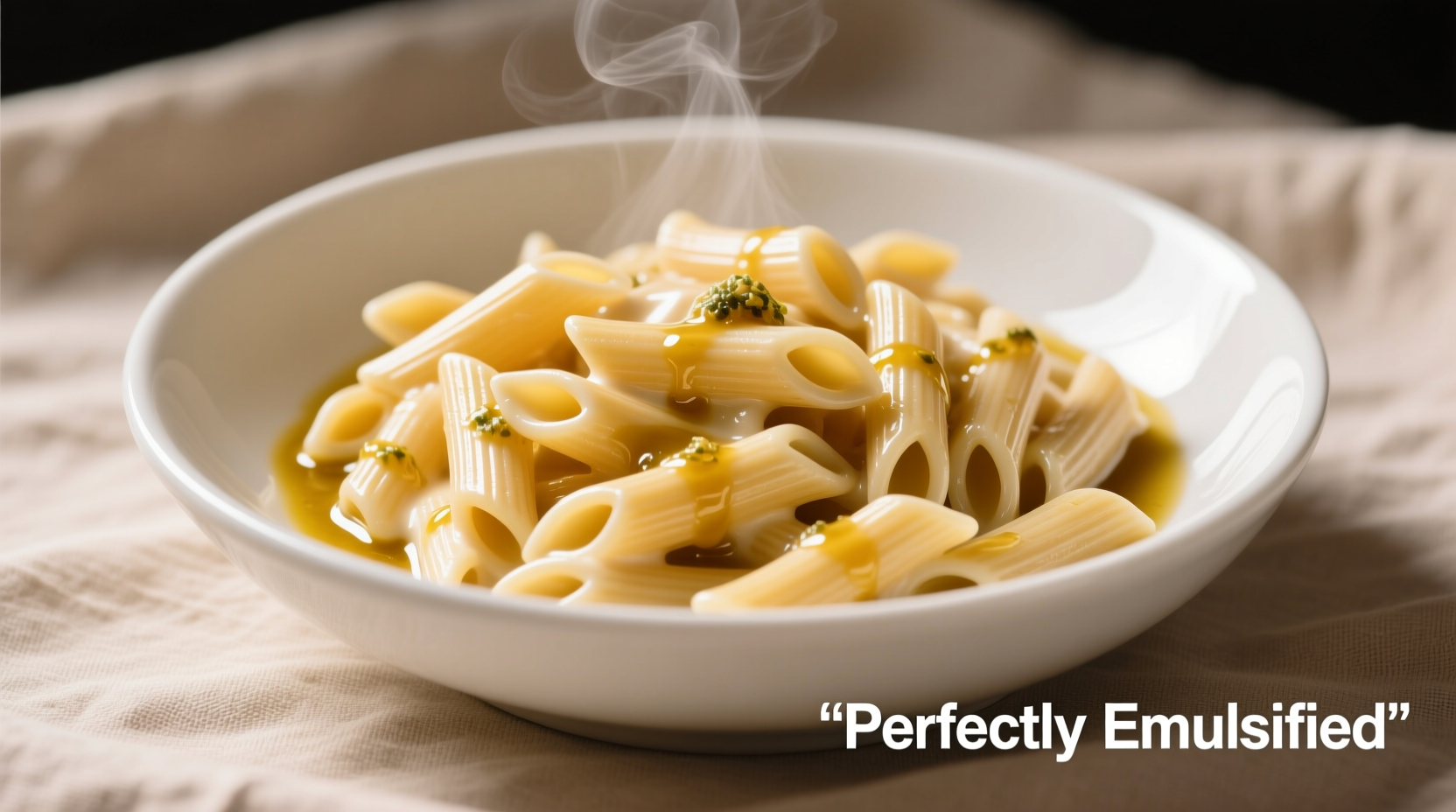Why This Simple Pasta Dish Deserves Your Attention
Macaroni garlic and oil represents Italian cooking at its most elegant—transforming minimal ingredients into something extraordinary. Unlike complicated recipes, this dish reveals whether a cook understands fundamental pasta principles: timing, emulsion, and flavor balance. The magic happens when starchy pasta water meets high-quality olive oil and perfectly cooked garlic, creating a sauce that seems to appear from nothing.
Essential Ingredients for Authentic Flavor
While some variations exist, the true Aglio e Olio requires only three components:
| Ingredient | Quality Requirement | Why It Matters |
|---|---|---|
| Dried pasta | Bronze-die extruded | Rougher surface holds sauce better |
| Extra virgin olive oil | Cold-pressed, recent harvest | Provides fruitiness without bitterness |
| Fresh garlic | Plump cloves, no green sprouts | Delivers sweet flavor without harshness |
Many home cooks make the critical error of using inferior olive oil that turns bitter when heated. According to the International Olive Council's 2023 quality report, extra virgin olive oil maintains its integrity up to 180°C (356°F)—well above the ideal temperature for cooking garlic (140°C/284°F). Using oil that's gone rancid or been improperly stored ruins the delicate balance of this dish.

The Evolution of a Peasant Dish
Aglio e Olio's history reveals why simplicity works. Originating in Naples during the 18th century, this "garlic and oil" preparation sustained fishermen and field workers who had limited pantry options. The Accademia Italiana della Cucina documents how Southern Italian cooks transformed scarcity into culinary artistry through precise technique rather than elaborate ingredients.
Unlike Roman pasta dishes featuring cheese or meat-based sauces, Aglio e Olio remained strictly vegetarian out of necessity. The technique of emulsifying oil with pasta water—critical to the dish's success—developed as cooks discovered how to maximize minimal resources. This historical constraint created one of Italy's most technically demanding pasta preparations.
Step-by-Step Preparation Guide
Follow these steps precisely for restaurant-quality results at home:
Gathering Ingredients (5 minutes)
- 200g bronze-die dried pasta (spaghetti or linguine work best)
- 4-6 garlic cloves, thinly sliced
- ½ cup high-quality extra virgin olive oil
- 1 teaspoon red pepper flakes (optional)
- Salt for pasta water
- ¼ cup reserved pasta water
Cooking Process (15 minutes)
- Bring 4 quarts of well-salted water to rolling boil
- Cook pasta until al dente, reserving ¼ cup starchy water before draining
- While pasta cooks, heat olive oil in large skillet over medium-low heat
- Add garlic slices and red pepper flakes, cooking until garlic turns golden (not brown)
- Transfer drained pasta to skillet with ¼ cup pasta water
- Shake pan vigorously for 60-90 seconds until sauce emulsifies
- Serve immediately without additional oil or cheese
Critical Technique: The Emulsion Process
The moment when ordinary ingredients become extraordinary happens during the final shaking. As pasta water (containing starch and salt) meets warm olive oil, they form a stable emulsion that clings to each strand. Food science research from the University of Bologna confirms that the ideal ratio is 3 parts oil to 1 part starchy water for perfect emulsification.
Avoid these common mistakes that ruin the emulsion:
- Adding cold water to hot oil (causes separation)
- Using insufficient pasta water (no emulsion forms)
- Overheating the garlic (creates bitter compounds)
- Adding cheese (disrupts the delicate oil-water balance)
When to Choose This Dish
Macaroni garlic and oil shines in specific situations but fails in others. Understanding these context boundaries ensures success:
- Perfect for: Quick weeknight meals, hot summer days when you want something light, showcasing high-quality olive oil
- Avoid when: Cooking for large groups (best served immediately), when you need a substantial protein component, if using low-quality olive oil
- Best pairings: Simple green salad, crusty bread, light white wine like Vermentino
Elevating Your Basic Recipe
Once you've mastered the fundamentals, consider these authentic enhancements:
- Add fresh parsley during the final shaking for color and freshness
- Include a few anchovy fillets melted into the oil for umami depth
- Finish with lemon zest for brightness in summer preparations
- Use guanciale rendered fat instead of some olive oil for complexity
Remember that any additions should complement—not overwhelm—the essential garlic and oil flavors. The Italian National Agency for New Technologies, Energy and Sustainable Economic Development confirms that extra virgin olive oil retains more polyphenols when not overheated, preserving both health benefits and flavor complexity.











 浙公网安备
33010002000092号
浙公网安备
33010002000092号 浙B2-20120091-4
浙B2-20120091-4